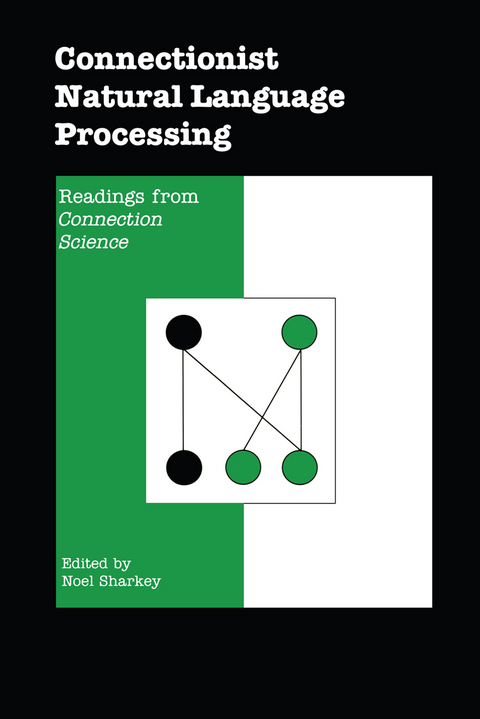
Connectionist Natural Language Processing
Springer (Verlag)
978-94-010-5160-6 (ISBN)
Range of topics covered:
Connectionism and Cognitive Linguistics
Motion, Chomsky's Government-binding Theory
Syntactic Transformations on Distributed Representations
Syntactic Neural Networks
A Hybrid Symbolic/Connectionist Model for Understanding of Nouns
Connectionism and Determinism in a Syntactic Parser
Context Free Grammar Recognition
Script Recognition with Hierarchical Feature Maps
Attention Mechanisms in Language
Script-Based Story Processing
A Connectionist Account of Similarity in Vowel Harmony
Learning Distributed Representations
Connectionist Language Users
Representation and Recognition of Temporal Patterns
A Hybrid Model of Script Generation
Networks that Learn about Phonological Features
Pronunciation in Text-to-Speech Systems
1 Connectionism and Cognitive Linguistics.- 2 A Connectionist Model of Motion and Government on Chomsky’s Government-binding Theory.- 3 Syntactic Transformations on Distributed Representations.- 4 Syntactic Neural Networks.- 5 Incremental Syntactic Tree Formation in Human Sentence Processing: a Cognitive Architecture Based on Activation Decay and Simulated Annealing.- 6 A Hybrid Symbolic/Connectionist Model for Noun Phrase Understanding.- 7 Connectionism and Determinism in a Syntactic Parser.- 8 A Single Layer Higher Order Neural Net and its Application to Context Free Grammar Recognition.- 9 Connectionist Language Users.- 10 Script Recognition with Hierarchical Feature Maps.- 11 Learning Distributed Representations of Conceptual Knowledge and their Application to Script-based Story Processing.- 12 A Hybrid Model of Script Generation: or Getting the Best from Both Worlds.- 13 Identification of Topical Entities in Discourse: a Connectionist Approach to Attentional Mechanisms in Language.- 14 The Role of Similarity in Hungarian Vowel Harmony: a Connectionist Account.- 15 Representation and Recognition of Temporal Patterns.- 16 Networks that Learn about Phonological Feature Persistence.- 17 Pronunciation of Digit Sequences in Text-to-Speech Systems.
| Zusatzinfo | IX, 375 p. |
|---|---|
| Verlagsort | Dordrecht |
| Sprache | englisch |
| Maße | 160 x 240 mm |
| Themenwelt | Geisteswissenschaften ► Sprach- / Literaturwissenschaft ► Sprachwissenschaft |
| Informatik ► Theorie / Studium ► Künstliche Intelligenz / Robotik | |
| Naturwissenschaften ► Physik / Astronomie ► Thermodynamik | |
| ISBN-10 | 94-010-5160-7 / 9401051607 |
| ISBN-13 | 978-94-010-5160-6 / 9789401051606 |
| Zustand | Neuware |
| Haben Sie eine Frage zum Produkt? |
aus dem Bereich


